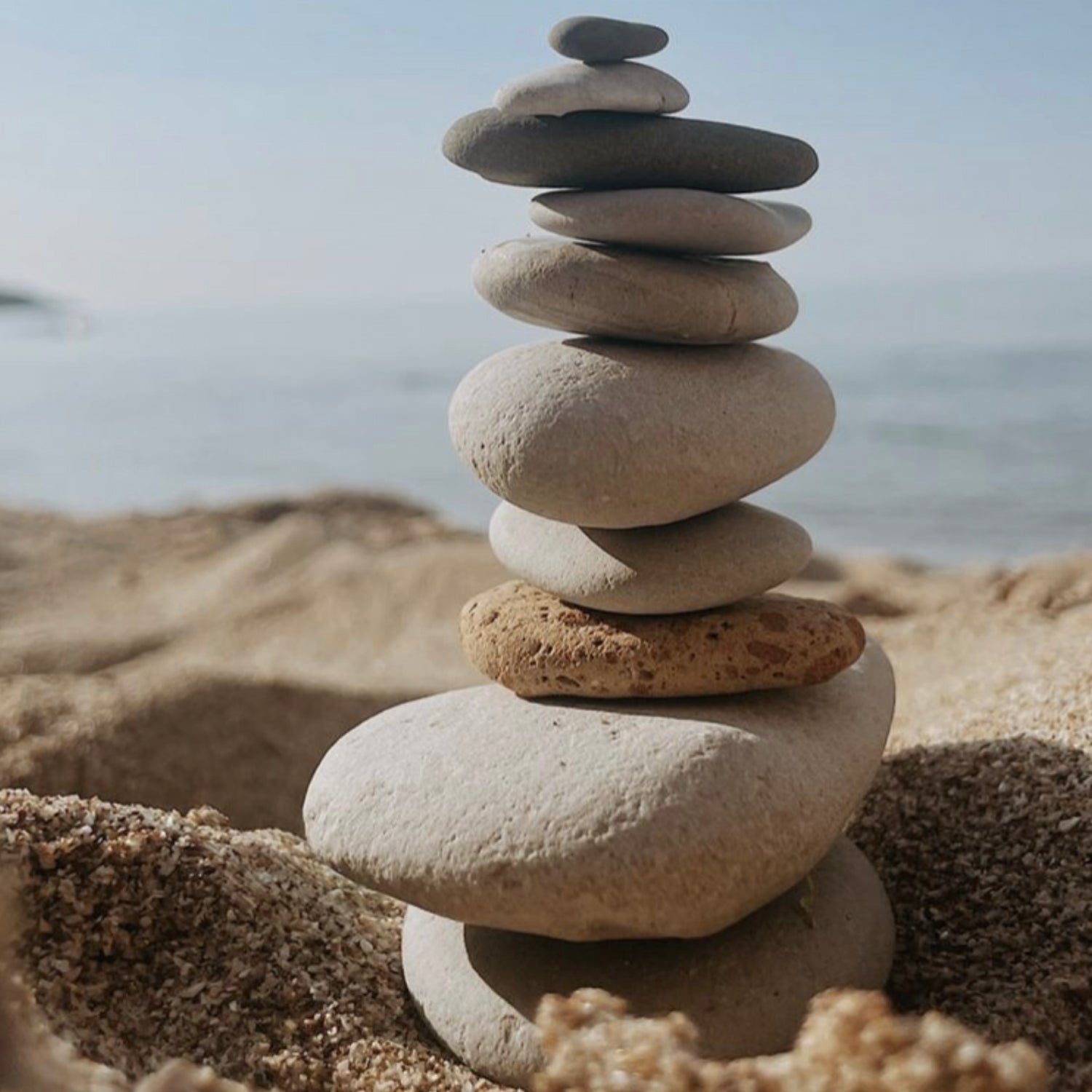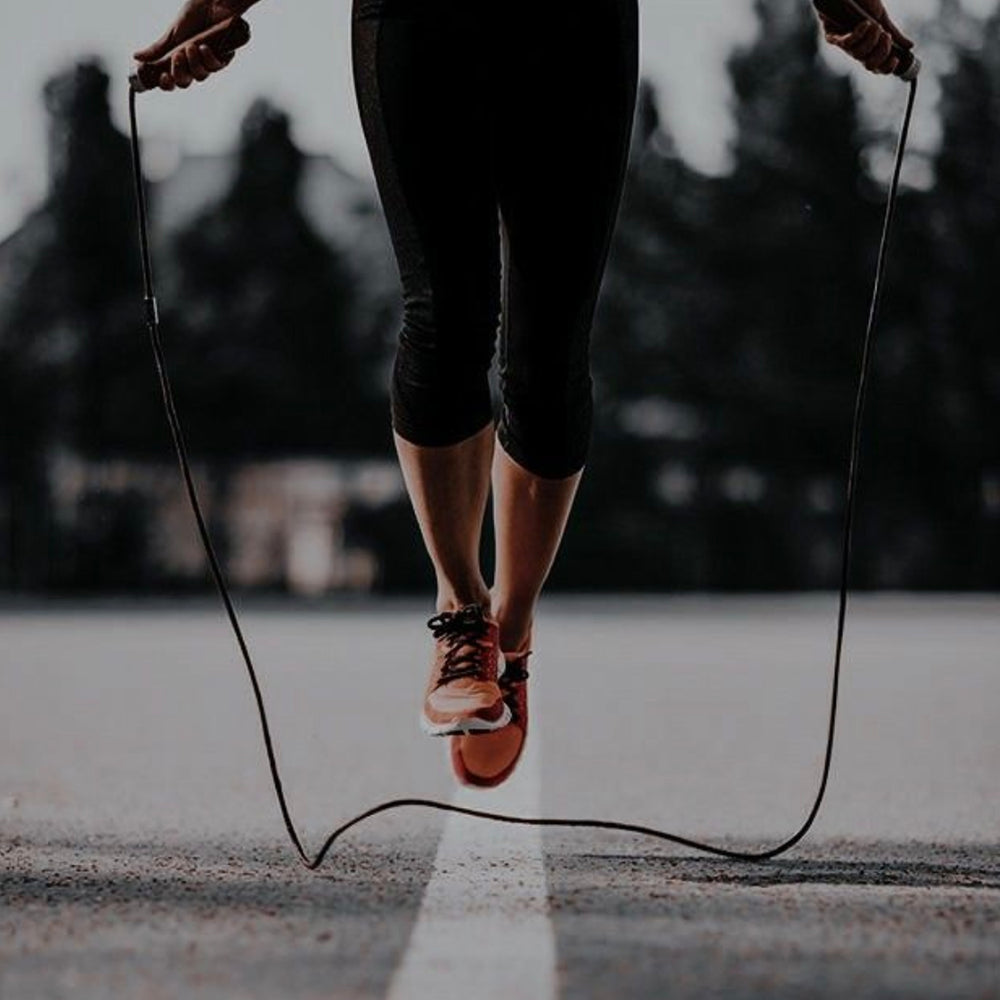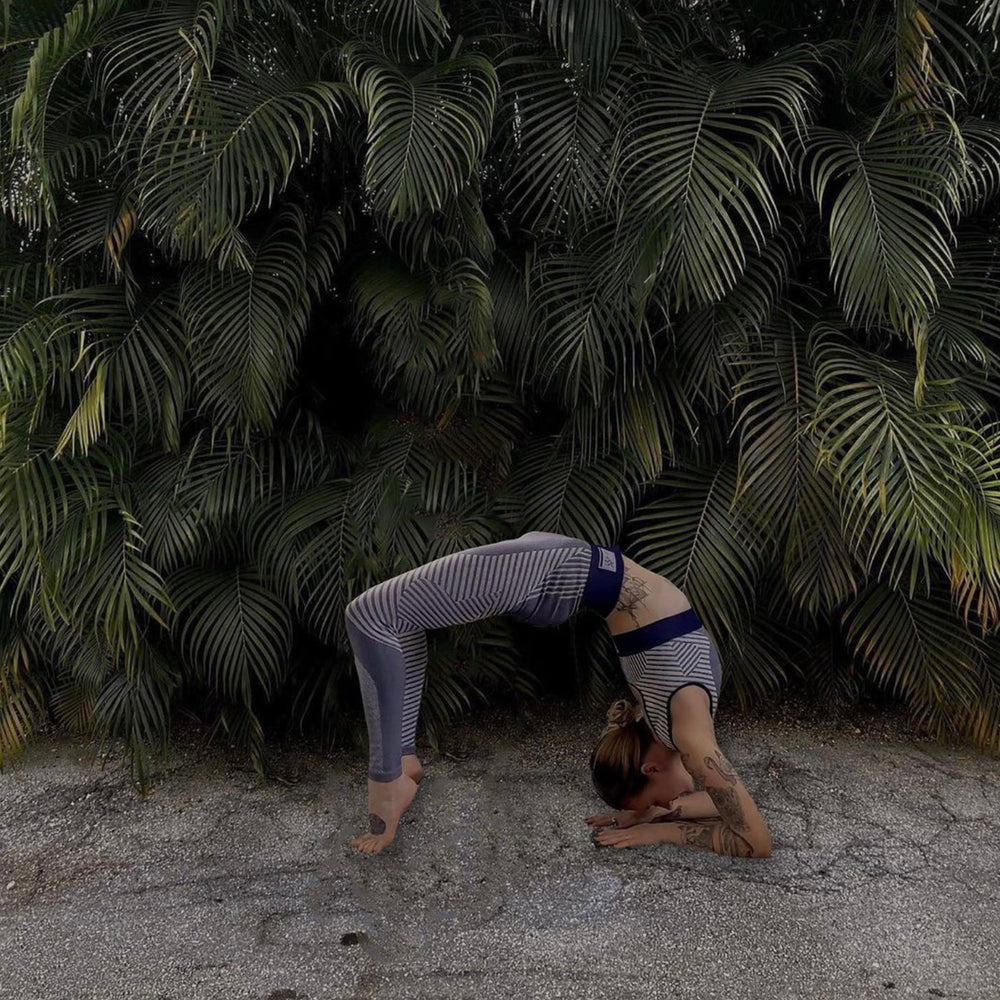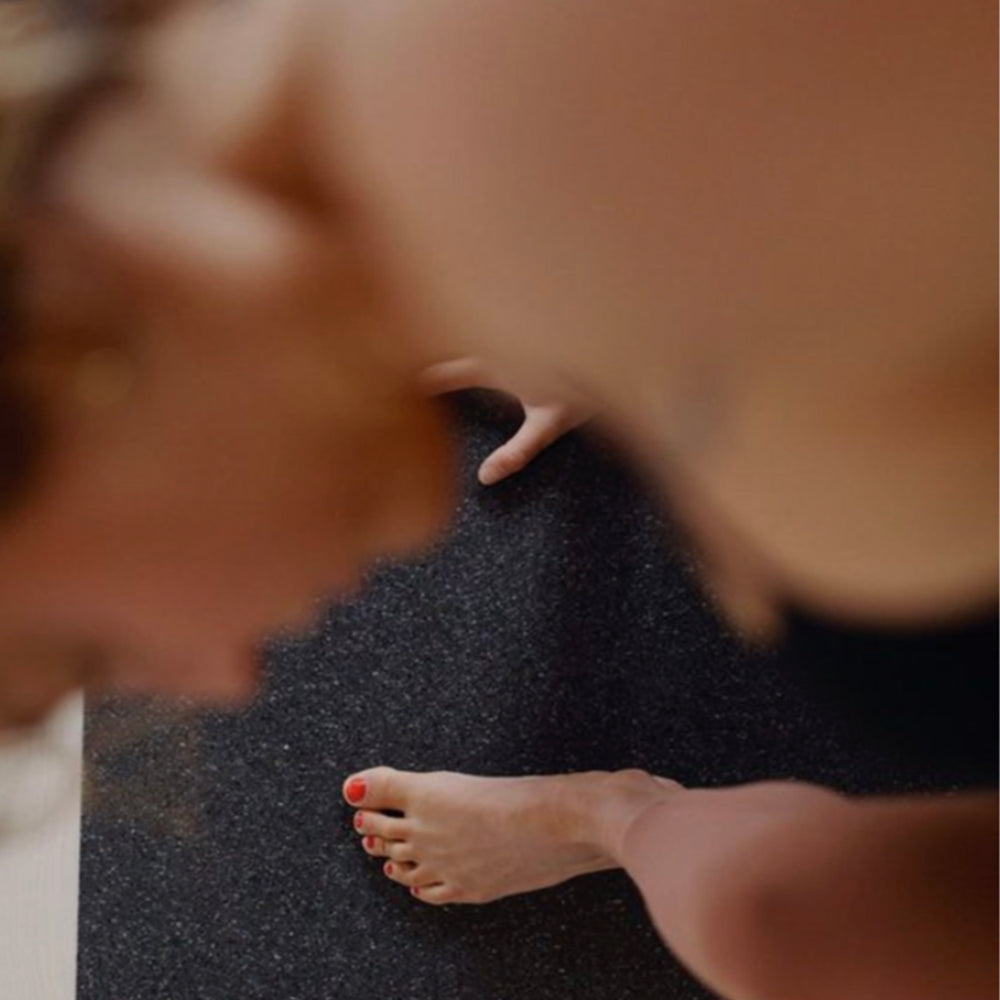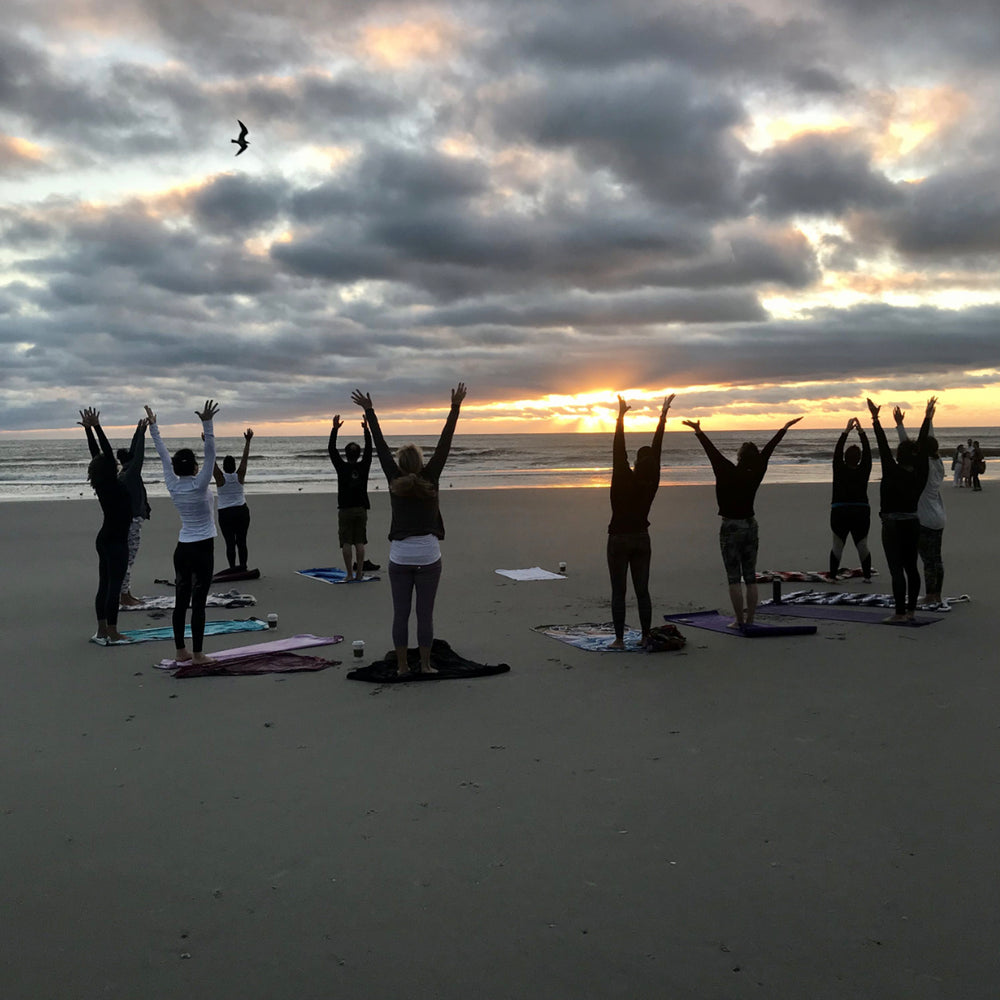 Life in the 21st century can often feel like a relentless current, pulling us in multiple directions simultaneously. The demands of work, family, social obligations, and personal aspirations can create a sense of overwhelm, leaving us yearning for balance and harmony. In this article, we will delve into the art of balancing the flow of life, exploring practical strategies and mindful approaches to navigate the currents of modern existence.
The Pursuit of Balance
Defining Balance:
Balancing life is not about rigidly dividing time between different aspects but finding a dynamic equilibrium that allows for flexibility and adaptation. It's recognizing that life's currents are ever-changing, and our ability to flow with them is key to achieving balance.
The Consequences of Imbalance:
When we neglect certain aspects of our lives, imbalance can lead to stress, burnout, and a sense of disconnection. Achieving balance is not just a luxury; it's essential for our well-being and overall quality of life.
The Flow of Work and Career
Work-Life Integration:
In the digital age, the boundaries between work and personal life can blur. Embracing work-life integration rather than strict separation allows us to make the most of both worlds. This approach encourages us to find joy and fulfillment in our careers while also nurturing our personal lives.
Mindful Productivity:
The pursuit of productivity often leads to overworking and burnout. Mindful productivity involves setting priorities, focusing on meaningful tasks, and embracing periods of rest and reflection. It's about quality over quantity.
The Flow of Relationships
Quality over Quantity:
In a hyper-connected world, we may have numerous social connections, but the quality of those connections matters most. Cultivate meaningful relationships that bring joy, support, and authenticity into your life.
Communication and Boundaries:
Effective communication is essential in relationships. Set clear boundaries and communicate your needs and expectations openly. Healthy relationships thrive on understanding and mutual respect.
The Flow of Self-Care
Mind-Body Connection:
Prioritize self-care to nurture your mind-body connection. Regular exercise, meditation, and relaxation practices can help you stay grounded and resilient in the face of life's challenges.
Prioritizing Mental Health:
Mental health is as important as physical health. Seek professional help if needed and don't hesitate to prioritize your mental well-being. It's a crucial aspect of maintaining balance.
The Flow of Personal Growth
Lifelong Learning:
Embrace the concept of lifelong learning. Pursue interests and passions outside of your professional life. Continuous growth and exploration add depth and richness to your existence.
Setting Intentions:
Set clear intentions for your personal growth. What do you want to achieve, experience, or learn in your journey? Having a sense of purpose guides your actions and choices.
Practical Strategies for Balancing the Flow
Time Management:
Effective time management is a cornerstone of balance. Use tools and techniques to prioritize tasks, allocate time for different life aspects, and avoid procrastination.
Mindfulness and Presence:
Practice mindfulness in daily life. Being fully present in each moment can enhance your awareness and decision-making, helping you respond to life's currents with clarity.
Saying "No":
Learning to say "no" when necessary is a powerful skill. It's okay to decline commitments or responsibilities that don't align with your priorities or values.
Delegating and Seeking Support:
Don't hesitate to delegate tasks or seek support when needed. Whether at work or home, collaboration and delegation can lighten your load and create more space for balance.
Regular Reflection:
Periodically reflect on your life and assess the balance. Are there areas that need more attention? What adjustments can you make to restore equilibrium?
The Role of Mindfulness
The Present Moment:
Mindfulness encourages us to embrace the present moment fully. It reminds us that life happens now, and by being present, we can make conscious choices that align with our values.
Acceptance and Letting Go:
Mindfulness teaches us to accept what we cannot change and let go of attachments to outcomes. This acceptance frees us from unnecessary stress and resistance.
Self-Compassion:
Practicing self-compassion is essential on the journey to balance. Treat yourself with kindness and understanding, especially during challenging times.
Balancing the Flow in Practice
Create a Balanced Routine:
Establish daily routines that include time for work, relaxation, exercise, and connection with loved ones. Consistency can help you maintain equilibrium.
Regular Retreats:
Plan occasional retreats or breaks to disconnect from the usual demands of life. These moments of retreat provide clarity and rejuvenation.
Seek Guidance:
Consider seeking guidance from mentors, coaches, or therapists. They can offer insights and strategies to help you navigate life's currents.
Balancing the flow of life is an ongoing journey rather than a destination. It requires mindfulness, adaptability, and a willingness to embrace change. By recognizing that life is a dynamic and ever-changing river, we can learn to navigate its currents with grace and purpose.
The pursuit of balance is not about perfection; it's about finding harmony amidst the ebb and flow of existence. As you embark on this journey, remember that balance is not a fixed state but a continuous dance—one that allows you to savor the beauty of life in all its forms.
|


